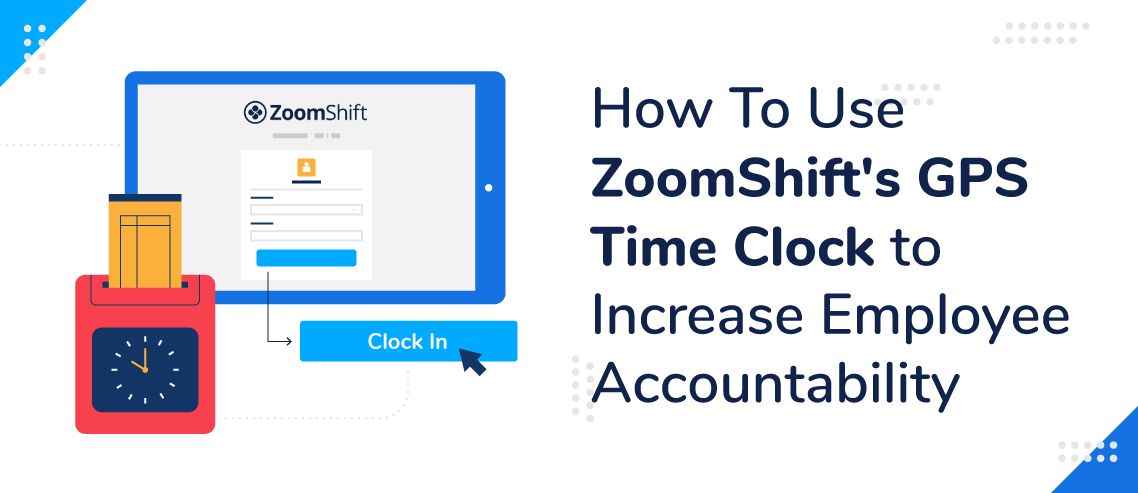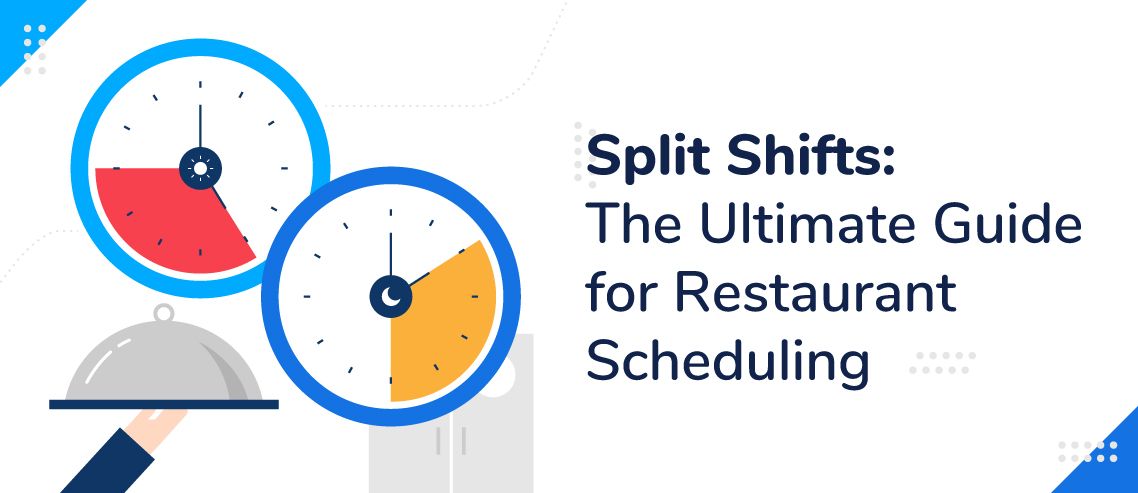How To Use ZoomShift’s GPS Time Clock To Increase Employee Accountability

People are naturally motivated to fulfill their duties, and it’s important to empower employees to be accountable for their work. Cultivating too much of a top-down approach can be counterproductive – instead of encouraging feelings of trust or freedom, it likely makes the employee feel micromanaged.
The right kind of accountability in the workplace means all employees are responsible for their behaviors, actions, performance, and decisions. It means they have a greater commitment to their work and the performance of the company. It’s about taking the initiative and having a sense of ownership.
Trust is the backbone of high-performing companies. With the right values and tools in place, you can increase employee accountability in a way that feels good for everyone.
Building a Culture of Trust and Accountability
Without accountability, one person’s delay becomes the entire team’s delay. A single shortfall snowballs until an avalanche of issues. Here are a few tactics to build a workplace culture full of trust and accountability:
Define Responsibilities Upfront
Employees thrive with structure. Any ambiguity about their duties or what they’re accountable for can lead to poor performance. You could also end up with disgruntled employees who don’t see an incentive to work hard or show up on time since there isn’t any accountability.
To counter such issues, create a scorecard for their role with clearly defined responsibilities. Review it regularly and update it as needed. Take some time to share the company values and tie their performance to the bigger picture, so they feel more invested in the company’s success. While you’re at it, explain each tool the business uses to make their lives easier and promote accountability. Be upfront about the use of the GPS time clock tool to encourage the right behavior from the beginning.
Practice Radical Candor in The Workplace
Are several members of your staff consistently late? Or are they clocking unnecessary overtime?
Use ZoomShift’s scheduling tool to encourage the right behavior. Exercise compassion and empathy for their situation, but have those difficult conversations when necessary, and be candid about how their lack of punctuality or extra hours is hurting the company’s performance, putting more pressure on their peers, or isn’t allowing them the proper rest and could lead to burnout.
Leveraging technology like ZoomShift’s GPS time clock provides much-needed transparency to who’s doing what and where. People can clock in and out on their phones, which extends trust and responsibility to your team. As the business owner or manager, you’re in complete control over just how much freedom and flexibility the team gets. A few options here are:
- Allow invalid clock-ins and flag them, so you get an alert.
- Block clock-in attempts anywhere but the locations you’ve specified.
- Specify exactly how many meters from the designated clock-in address you’ll allow them to clock-in.
ZoomShift links up with Google Maps and verifies its accuracy for you. If it’s too far away, they will be notified that they need to get closer to the workplace.
Set SMART Goals
SMART is an acronym that stands for Specific, Measurable, Achievable, Relevant, and Time-based. In the workplace, you want to set specific goals and indicate what you want employees to accomplish, why it’s important, who else is involved, where they’ll work, and which resources they’ll need to get the job done right — the more specific, the better.
You want measurable goals, so you know when they’re accomplished or not. Opting for realistic, achievable goals will provide much-needed motivation to keep going. Goals also need to be relevant and align with other objectives of the business. Lastly, there should be some specificity as to when to accomplish these goals. What’s the deadline? Six weeks from now or six months from now?
When it comes to setting goals around accountability, you can use the SMART framework with consistently late employees. For example, it may be unreasonable to completely shift their behavior overnight.
A specific, attainable, and time-based goal might be only being late twice a week this month, and you can measure their success with the GPS time clock tool.
Lastly, you can tie its relevance to the greater business goals and how their tardiness and overall dependability hurts their coworkers. Another option is setting up flex scheduling, meaning that if they clock-in late, they have to stay later. As they hit their goals, you adjust them to promote even more accountability.
Defining responsibilities upfront, using radical candor, setting SMART goals, and leveraging technology like ZoomShift’s GPS time clock feature can fast track your team to accountability and success like you’ve never seen before.
If you have any questions about whether ZoomShift is right for your business, click here and click Demo in the top right corner of the screen to chat directly with our sales team.
If you’d like to jump right into a free trial, click here.
JD enjoys teaching people how to use ZoomShift to save time spent on scheduling. He’s curious, likes learning new things everyday and playing the guitar (although it’s a work in progress).



